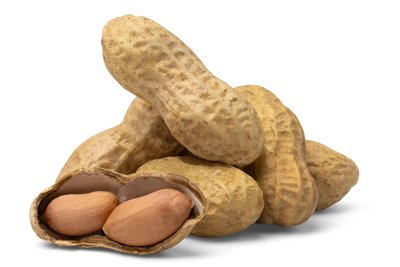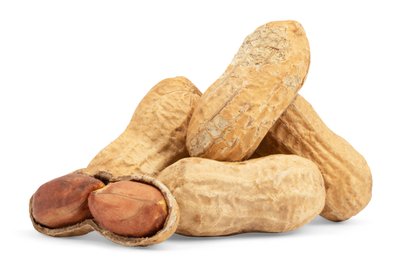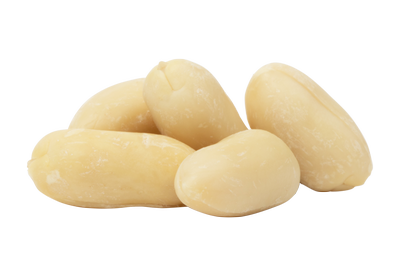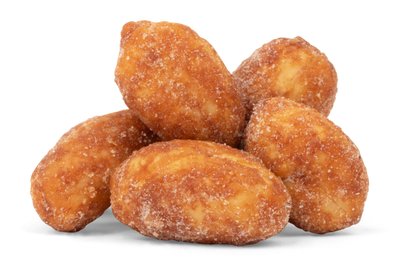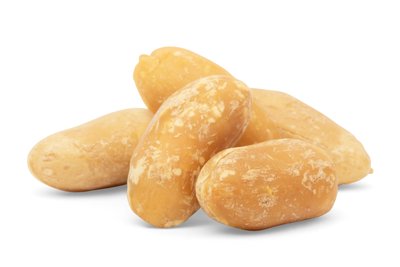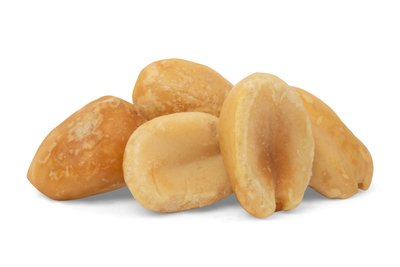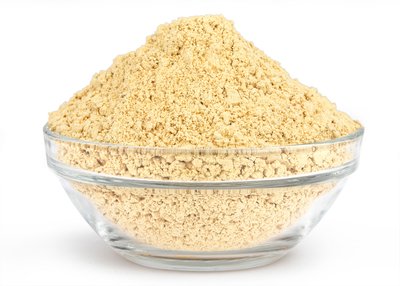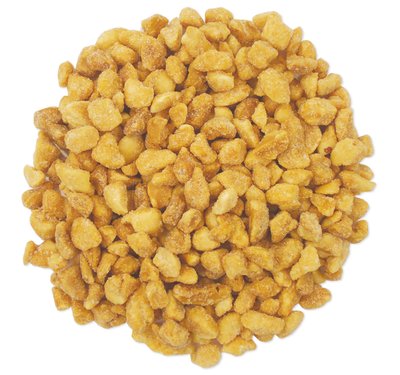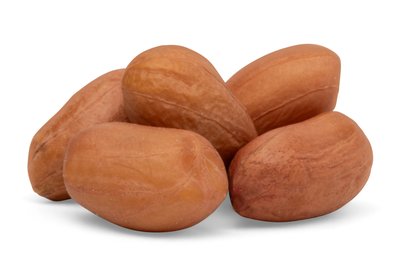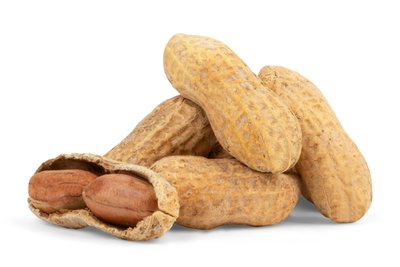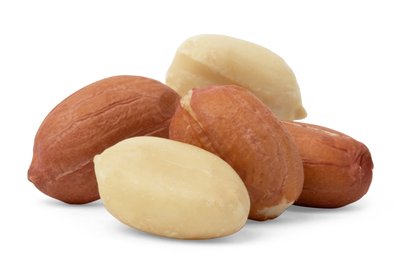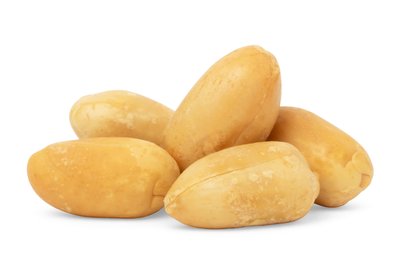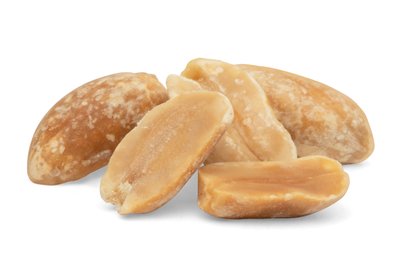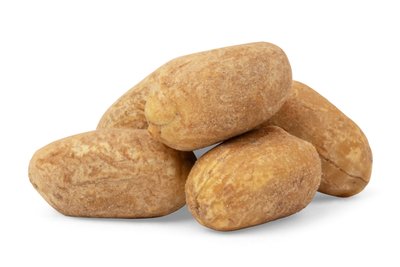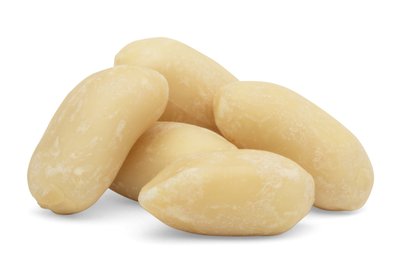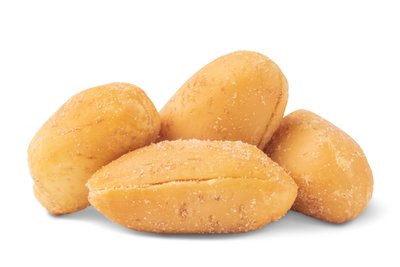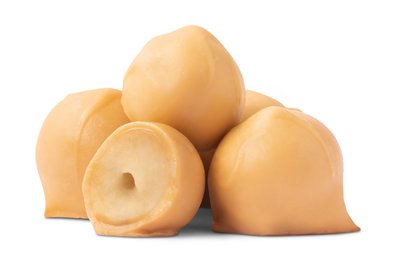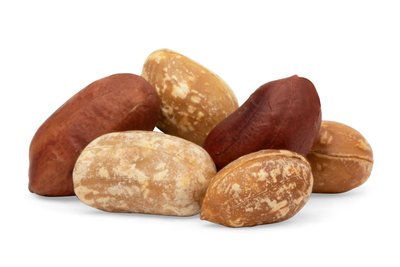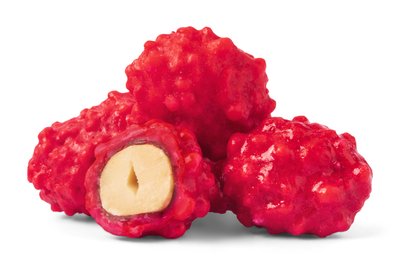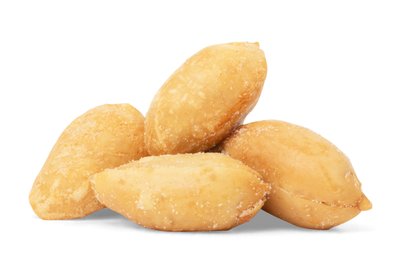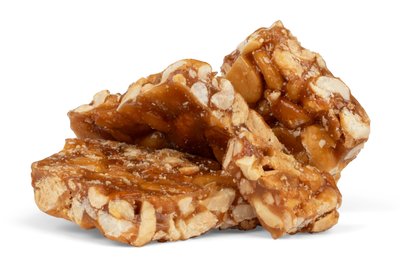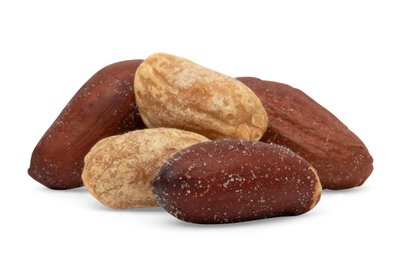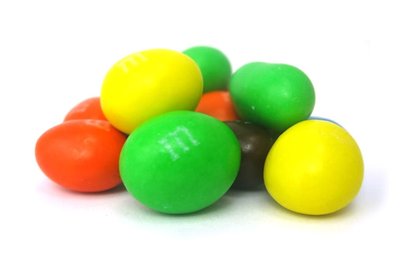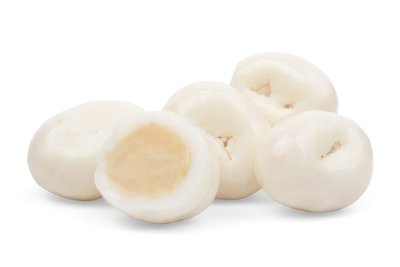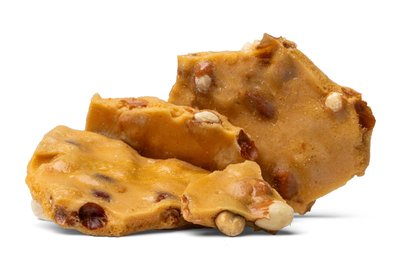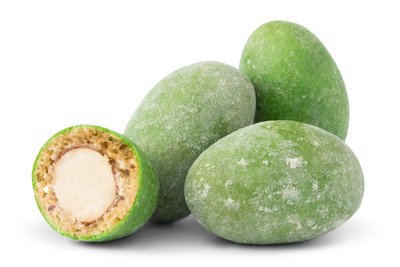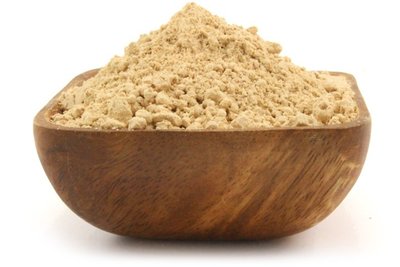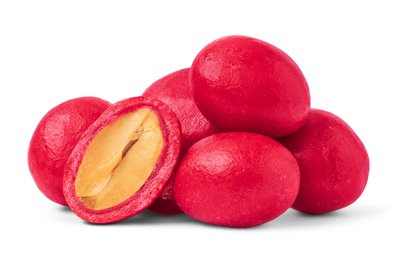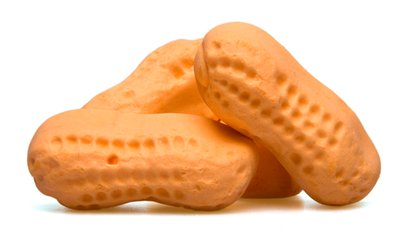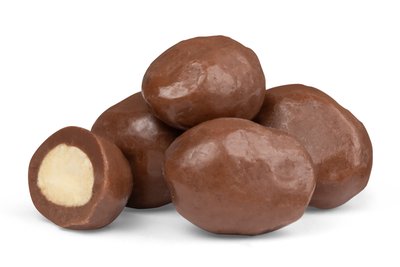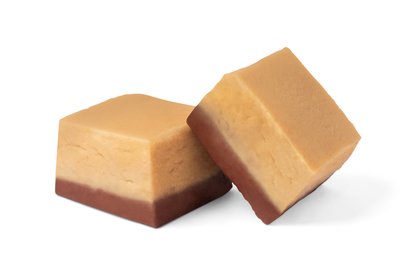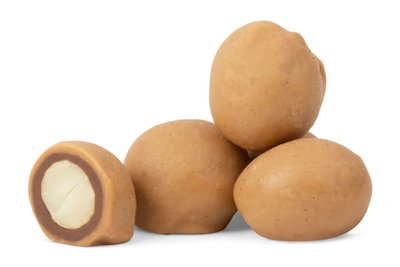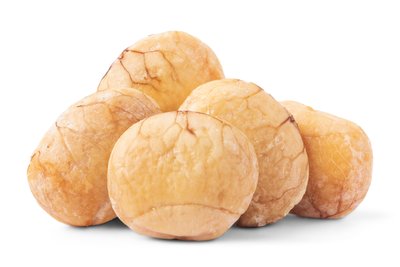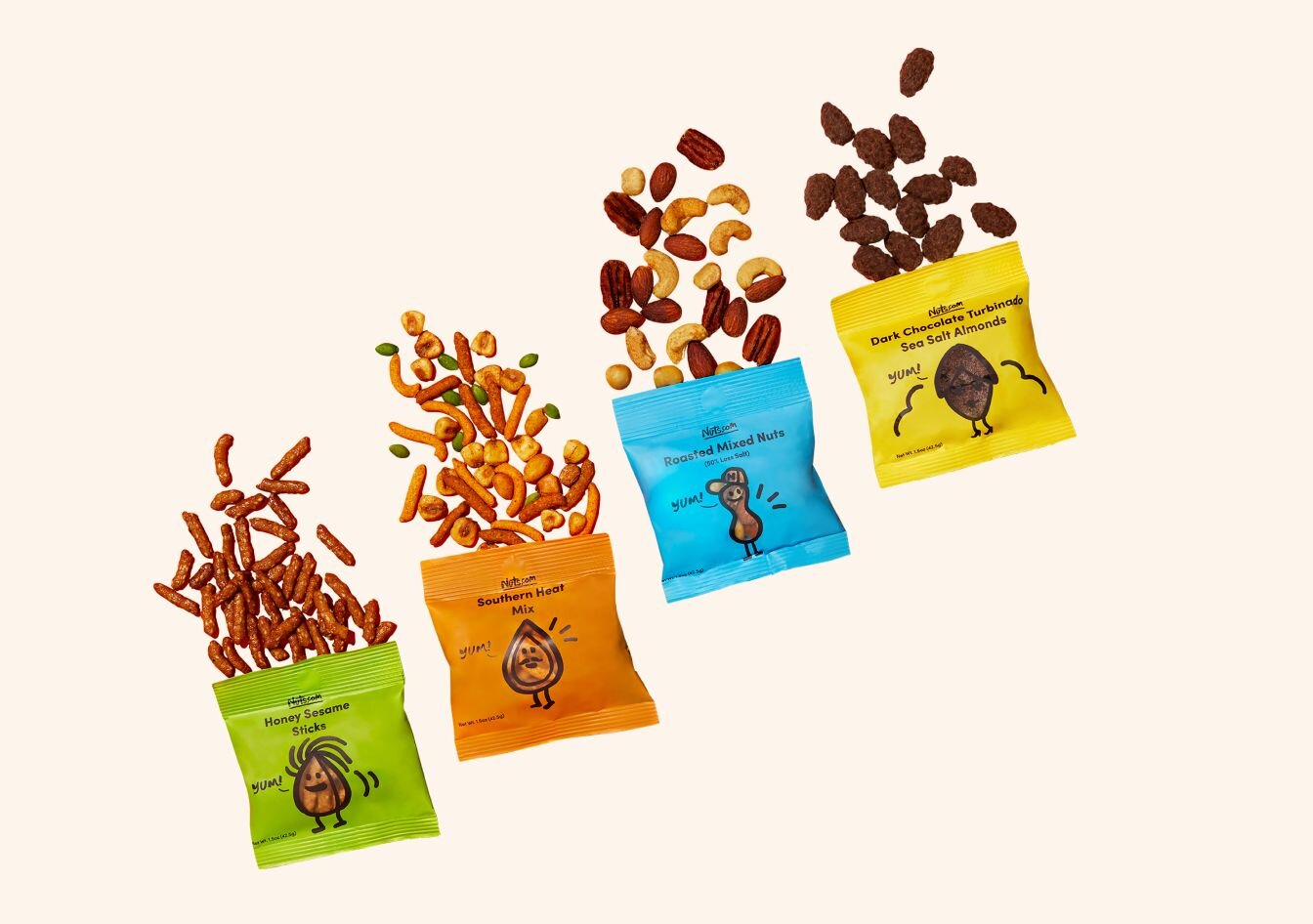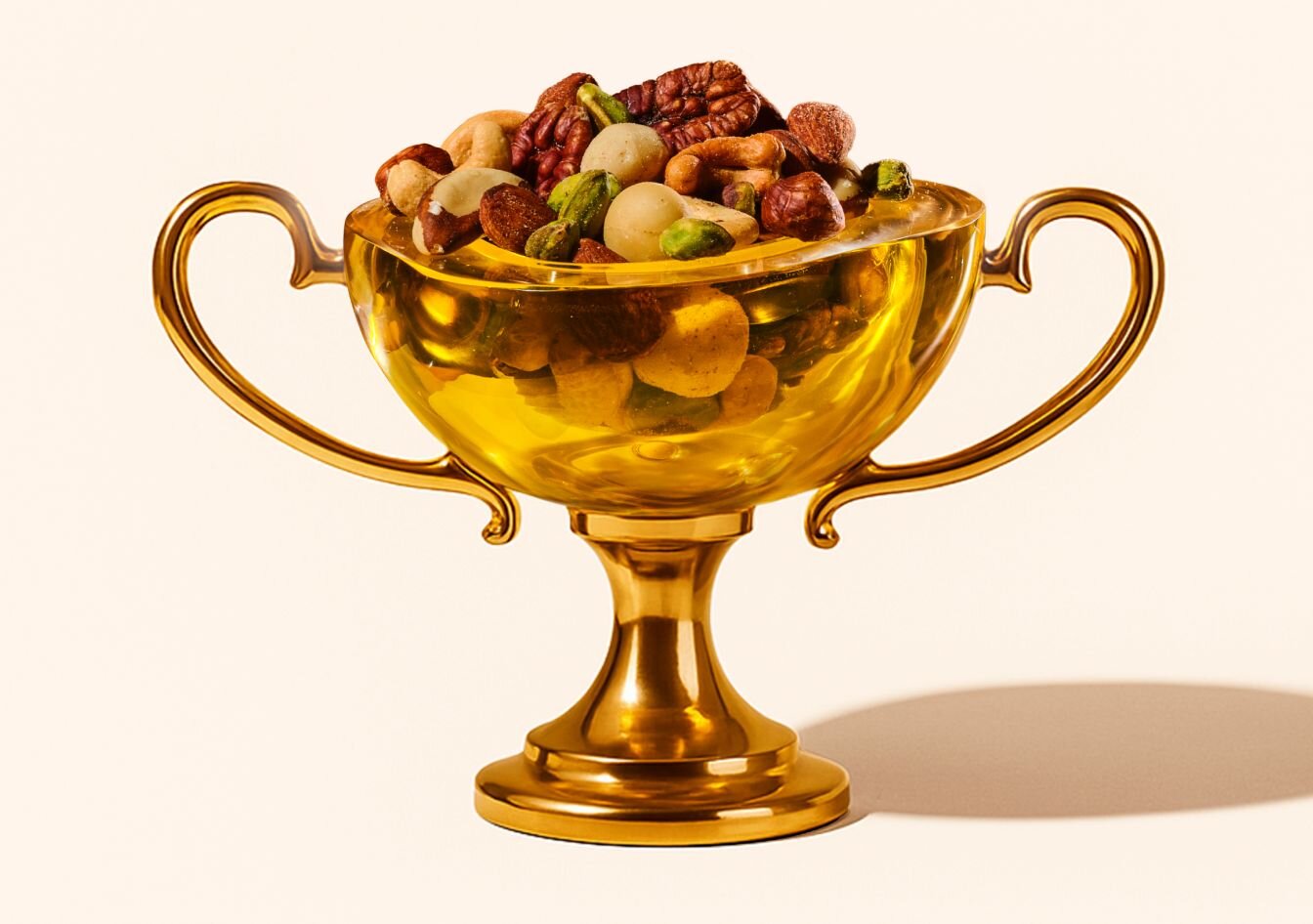Bulk Peanuts
Sort by:
Peanuts
Although the peanut is actually a legume belonging to the same family as beans and peas, it proudly takes the title of America’s #1 snack nut while also boasting many of the same health benefits as nuts. In fact, peanuts account for over two-thirds of all nut consumption in the U.S. and over half of the peanuts grown here are consumed as peanut butter. America’s favorite nut has a long history around the globe; it is believed that the peanut has been around for over 3500 years and that the peanut plant originated in South America. Today, peanuts are enjoyed in many different culinary applications around the world and prized for their numerous health benefits.
Types of Peanuts
- Runner peanuts account for over 80% of the peanut production in the United States. Over half of the runners grown in the U.S. are used for making peanut butter because their uniform size allows them to roast evenly.
- Virginia peanuts are the largest in size and are commonly roasted in-the-shell. About half of all Virginia peanuts grown are used for making peanut butter while the rest are sold as snacks.
- Spanish peanuts have smaller kernels than the other peanut types with a reddish-brown skin. They also have a higher oil content than the other varieties, making them ideal for use in candy and for crushing into peanut oil.
- Valencia peanuts are the sweetest of the peanut varieties and usually have at least three kernels per pod. They are commonly roasted in-the-shell or used fresh for making boiled peanuts .
Peanuts Nutrition
- Weight Management: As an excellent source of protein, fiber, and unsaturated fat, peanuts make a satisfying snack that can keep you feeling full and help prevent overeating. A 1-ounce serving of peanuts provides 7g of protein, which can meet up to 15% of your daily protein needs. Fiber, which accounts for over ⅓ of the carbohydrates in peanuts, is beneficial to the digestive system and slows the absorption of sugar and fat, helping your body regulate blood sugar levels. Over 80% of the fat in peanuts are fats considered beneficial: monounsaturated and polyunsaturated fats. Monounsaturated fats are essential for heart health and can regulate blood sugar levels. Polyunsaturated fats can improve blood cholesterol levels and reduce the risk of cardiovascular disease.
- Powerful Antioxidants: Peanuts are loaded with antioxidants, which protect cells from the damaging effects of free radicals and may also play an important role in reducing the risk of chronic diseases. University of Florida researchers published findings in the journal Food Chemistry that demonstrated the high antioxidant capabilities of peanuts. They found that the roasting process can actually increase antioxidant levels in peanuts by up to 22%. A 2007 study published in the Journal of Agricultural and Food Chemistry found that boiled peanuts contain up to four times more antioxidants than either raw or roasted peanuts.
- Cardiovascular Health: A 2007 study published in the Journal of Nutrition demonstrated that nuts and peanuts, when consumed as part of a healthy diet, can reduce the risk of coronary heart disease and associated risk factors, such as LDL cholesterol levels. Further, a 1999 study published in the American Journal of Clinical Nutrition showed that consuming monounsaturated fats from peanuts and peanut butter reduces the risk of cardiovascular disease by 21% compared to the average American diet. Comparatively, a low-fat diet reduced the risk by only 12%.
- Lower Type-2 Diabetes Risk: A 2002 study published in the Journal of the American Medical Association suggested that increasing nut and peanut butter consumption may lower the risk of type-2 diabetes in women. The risk of developing type-2 diabetes was reduced by nearly 30 percent among women that added 1 ounce of nuts or peanut butter (about 2 tablespoons) to their diet at least 5 days per week.
- Magnesium Boost: Eating foods like peanuts, which are rich in magnesium, can reduce the risk of strokes. Findings from a 2012 study in the American Journal of Clinical Nutrition demonstrate that consuming 100 mg of magnesium a day can reduce the risk of ischemic stroke by 9%. This amount of magnesium is contained in just 2 ounces of peanuts!
Boiled Peanuts Recipe
As stated, boiled peanuts may offer even more antioxidants than their raw and roasted counterparts. The savor unlocked by the softening of these kernels pairs well with carbonated beverages and is thoroughly enjoyed as as staple snack in the South. Learn how to boil your peanuts perfectly with the simple recipe below. The recipe calls for green peanuts, but you can also opt for Virginia or Spanish peanuts and simply soak them in water for 24 hours prior to boiling.
- Wash the 2 pounds of peanuts in their shells and then add them to a large pot
- Add 1 cup of salt and enough water to the pot to completely cover the nuts.
- Heat the pot until boiling then reduce the heat to a simmer and cover.
- Let simmer for 3 hours or until the peanuts are soft.
- Taste the peanuts. If they are not soft, leave them simmering. If they are not as salty as desired, remove heat and let the nuts soak in the pot.
- When finished- serve and enjoy!
For a much faster serving of soft, salty peanuts, you can purchase a can of our boiled peanuts here.
How are peanuts harvested?
The peanut plant, Arachis hypogaea, is planted in sandy soil and requires a warm, temperate climate and four to five months of frost-free days before it is ready for harvest. When it’s time, farmers run their diggers through the rows of peanut plants, slicing through the below-soil tap root of each plant. At this point, shakers are used to remove excess soil from the plants and turn them upside-down to dry. Equipment called peanut combines are brought in to remove pods from the dried plants, and then the pods are cleaned, graded, and either sent through the shelling process or kept in-shell for sale.


